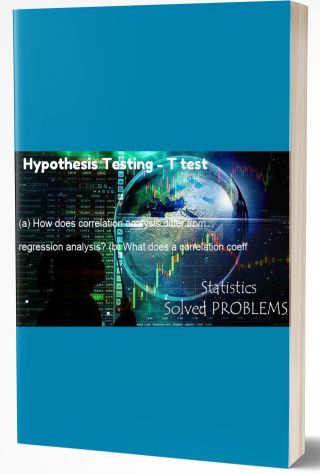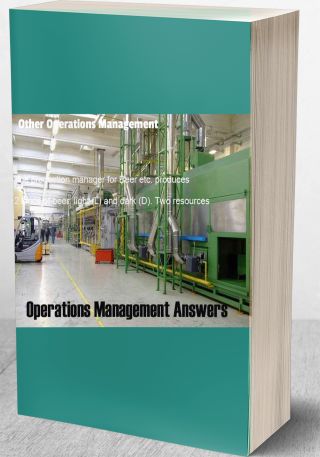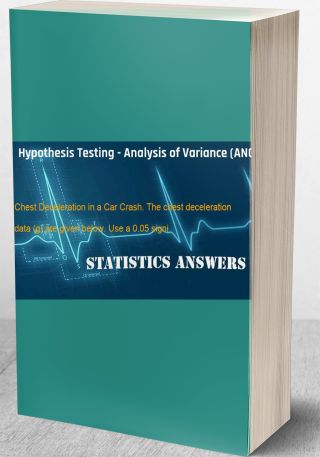(a) How does correlation analysis differ from regression analysis? (b) What does a correlation coeff
Question:
(a) How does correlation analysis differ from regression analysis? (b) What does a correlation coefficient reveal? (c) State the quick rule for a significant correlation and explain its limitations. (d) What sums are needed to calculate a correlation coefficient? (e) What are the two ways of testing a correlation coefficient for significance?
(a) Correlation analysis – Is a measure of linear association between two variables. It’s the process of finding out how well (or badly) the line fits the observations (i.e., if all observations lie exactly on the line of best fit, the correlation is considered to be 1 or unity.
Regression analysis – Identifies the relationship between a dependent variable and one or more independent variables. It is a mathematical process of using observations to find a line of best fit through the data in order to make estimates and predictions about the behaviour of the variables.
(b) A correlation coefficient of +1 indicates that two variables are perfectly related in a positive linear relationship; a correlation of -1 indicates that two variables are related in a negative linear relationship; a correlaction coefficient of zero indicates that there is no linear relationship.
(c) |r|>2/√ n - this only works if n isn’t too small
(d) Range for x, range for y ……. ?
(e) Test for zero correlation: t = r√n-2/1-r^2
Critical value for a correlation coefficient: ra = ta/ta^2 + n-2
Solution Format: Word Document



![[Solved] In Problem 1, suppose that the goal of attracting seniors is twice as important as either #24098 Other Statistics](/images/downloads-images/featured/Statistics-question-27740.jpg)
![[Solved] The plasma levels of adrenomedullin for 38 women with recurrent pregnancy loss had a mean of 5.6 #3173 Normal Distribution](/images/downloads-images/featured/Statistics-question-14450.jpg)
![[Solved] The mean concentration of carbon dioxide is 365 parts per million with a standard deviation of 100pp #21520 Hypothesis Testing - Analysis of Variance (ANOVA)](/images/downloads-images/featured/Statistics-question-6221.jpg)

